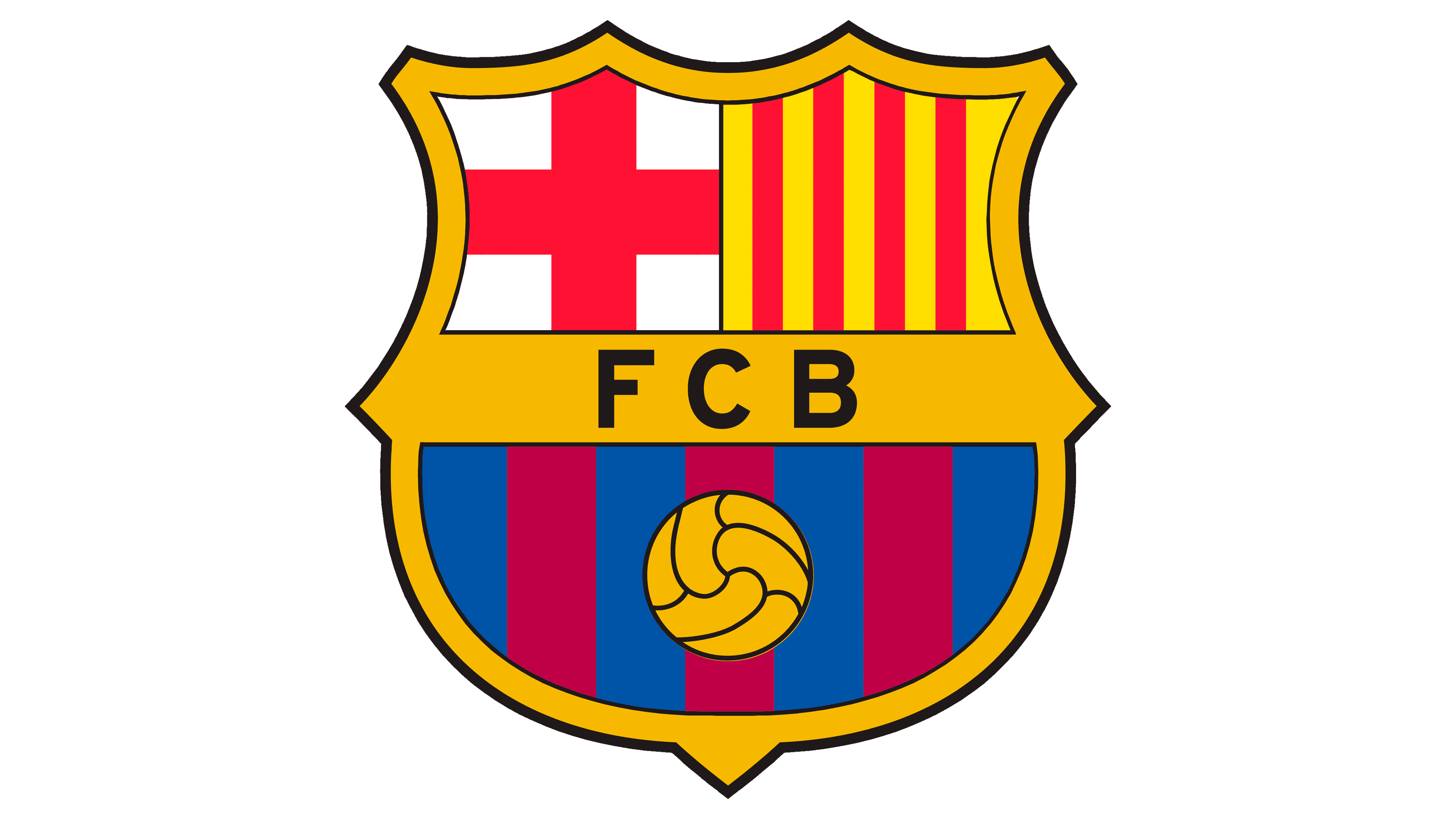Barcelona, a renowned football club, was founded by Joan Gamper in 1899. Initially conceived as a way to promote football in the city, it has grown into one of the most iconic sports institutions globally. The club is owned by its club members, who elect a president to manage its affairs. Operating mainly in Barcelona, Spain, the club has expanded its influence worldwide through various partnerships and academies. Its home ground, Camp Nou, is a testament to its grandeur and historical significance in the football world.
Meaning and History
Barcelona Football Club was founded by Swiss football pioneer Joan Gamper in 1899. Its inception was a significant milestone in the history of football in Spain, introducing the sport to a broader audience. The club’s journey is marked by numerous achievements, including multiple La Liga and UEFA Champions League titles, making it one of the most successful football clubs in the world.
Throughout its history, Barcelona has been recognized for its unique playing style and philosophy, emphasizing skillful, attacking football and the promotion of homegrown talent through its famed La Masia academy. This approach has produced legendary players like Lionel Messi, Xavi, and Andres Iniesta, contributing to the club’s global reputation for excellence in football.
Today, Barcelona stands as a symbol of not just sporting success but also of cultural identity and pride for the city of Barcelona and Catalonia. The club’s motto, “Més que un club” (More than a club), reflects its role in promoting social and cultural values. It continues to be a formidable force in world football, with a strong focus on innovation and sustainability in its operations.
What is FC Barcelona?
FC Barcelona is more than just a football club; it’s a global brand and cultural phenomenon. Spanning over a century, its influence extends beyond the pitch, shaping sports culture and inspiring millions worldwide. With a unique philosophy and commitment to excellence, Barcelona has set new standards in the world of football.
1899 – 1910
The initial symbolism of the debut featured a golden rhombus, flanked by laurel and palm branches. This rhombus was divided into four sections: two showcasing the Catalan flag with red stripes on a yellow background, and the other two displaying a broad scarlet cross on white. Atop this figure sat a jewel-studded crown, symbolizing royal authority and hinting at the club’s aristocratic origins. Above this, a black bat with wings spread wide was depicted.
1910 – 1920
By 1910, Barcelona’s team adopted their final emblem, still relevant today. Though it underwent several minor revisions, focusing on stylistic, contour, and letter arrangement changes, its core elements remained intact. These included a large ornate shield divided into four parts, featuring St. George’s cross, the Catalan flag, the club’s abbreviation, uniform colors, and a soccer ball.
1920 – 1936
A decade later, designers enhanced the emblem’s detail colors, particularly the letters and the ball, to a vivid yellow. They simplified the shield’s ornamental border to six straight lines, three per side.
1936 – 1941
In 1936, the club reverted to its early 20th-century color scheme, but with “F. C. B.” in black on a banner and white lettering. The golden football was rendered more intricately, with smooth black lines for a classic look.
1941 – 1949
1941 saw “F. C. B.” change to “C. F. B.”, with the banner’s black background turning gold. While the overall badge design stayed the same, its contours were streamlined and sharpened.
1949 – 1960
In 1949, the nameplate was updated to “C. De F. B.” (Club de Fútbol Barcelona). This version’s colors were subdued and dark, with even the traditionally bright golden football turning burgundy-brown. The monochrome banner added a refreshing contrast to the emblem.
1960 – 1974
1960 brought back a vibrant color scheme, characterized by ample yellow-gold and a deep red football, making this version distinctly jubilant and appealing.
1974 – 1975
The 1974 redesign turned the gold banner white but left other colors unchanged. The crest’s shape was altered, introducing pointed peaks at the top, and reverting the wordmark to “F. C. B.”
1975 – 2002
In 1975, the emblem evolved to feature a modern typeface and a more vivid color scheme. The bold, geometric sans-serif letters were set against a yellow background, and the football adopted a softer orange hue. For the club’s centenary, the crest was encircled in blue and red, with “1899-1999” in white on either side.
2002 – Today
Entering the new millennium, the club opted for a logo refresh by designer Claret Serrahima. He eliminated the periods in the team’s abbreviation, resized the shield’s lower half, and reduced three bottom teeth to one. Additionally, he stripped back the outer edge’s decorative elements.
2018 (rejected)
The emblem featured in the image is a distinctive crest that represents a storied soccer club. The crest is outlined by a classic golden contour that adds a sense of prestige and is split into two main segments. The upper half houses two distinct symbols: on the left, a red cross against a white background, and on the right, a series of red and yellow vertical stripes. These elements are deeply rooted in the history and culture of the region, with the cross possibly representing St. George, the patron saint, and the stripes symbolizing the senyera, a traditional Catalan flag.
The lower half of the crest is occupied by bold vertical stripes in blue and deep red, which are traditional colors associated with the club. Centrally placed over the stripes is a ball, indicating the club’s primary sport. The ball’s design is classic and stylized, with prominent lines suggesting movement and agility. The overall design of the crest is not just a mere logo; it is an emblem that carries the weight of tradition, sporting excellence, and regional pride. It is designed to stand out and be recognized instantly by enthusiasts and supporters around the world, symbolizing not only a football team but also a rich cultural heritage and a passionate community united by the sport.












